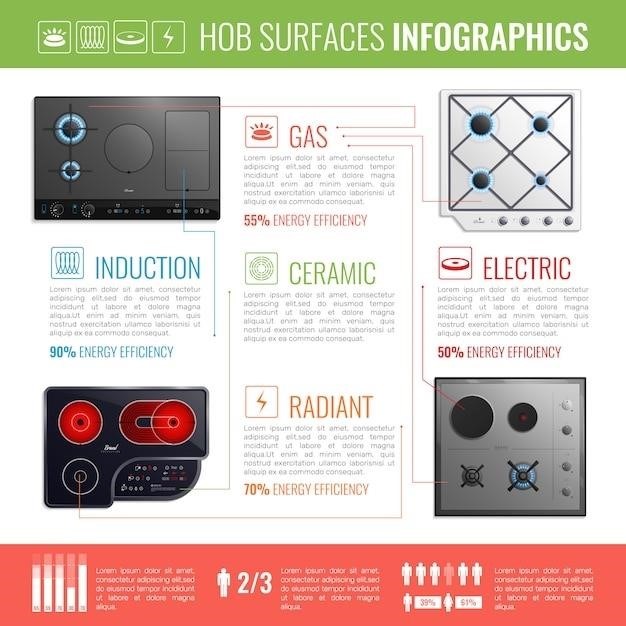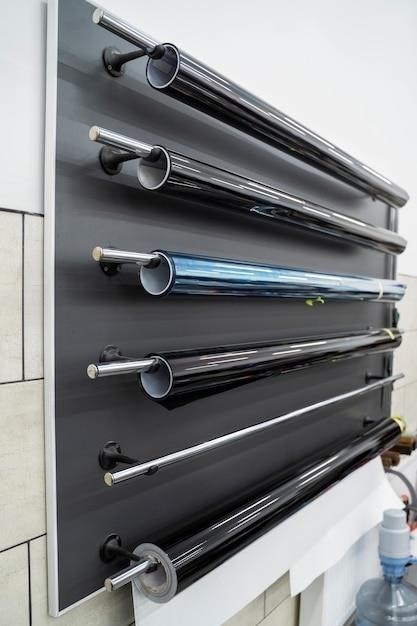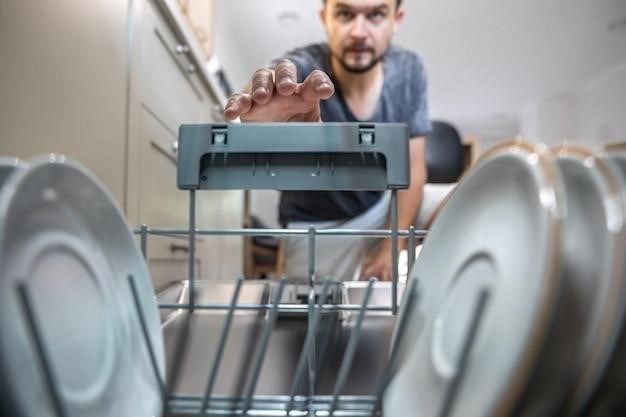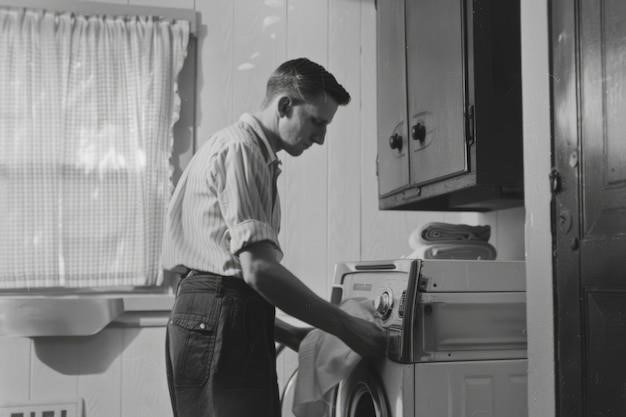Church of the Nazarene Manual
The Church of the Nazarene Manual is a comprehensive guide that outlines the denomination’s doctrines, beliefs, worship practices, church government, and policies. It serves as the official sourcebook for Nazarene churches worldwide, providing a framework for governance, spiritual life, and mission. The Manual is a valuable resource for pastors, church leaders, and members, offering guidance on various aspects of church life, from theological principles to practical matters of administration. The Manual is regularly updated and revised to reflect the evolving needs and perspectives of the Church of the Nazarene. It is available in both print and online formats, ensuring accessibility for all members.
History and Origins
The Church of the Nazarene’s origins can be traced back to the late 19th-century Holiness Movement, a revivalistic movement within American Protestantism that emphasized personal holiness and the experience of entire sanctification. The movement’s roots lay in the teachings of John Wesley, the founder of Methodism, who stressed the importance of Christian perfection. Several Holiness denominations emerged during this period, including the Church of God (Anderson, Indiana), the Pentecostal Holiness Church, and the Free Methodist Church. The Church of the Nazarene itself resulted from a series of mergers between these Holiness groups, culminating in 1908 with the formation of the Church of the Nazarene. This unification brought together various denominations with shared beliefs and practices, including the emphasis on entire sanctification, the importance of Christian experience, and a commitment to evangelism and missions.
The early years of the Church of the Nazarene were marked by significant growth and expansion. Missionaries were sent to various parts of the world, establishing churches in new regions. The denomination’s doctrinal distinctives, such as the emphasis on scriptural holiness and the possibility of losing salvation, contributed to its unique identity within the broader Christian landscape. The Church of the Nazarene’s historical development is a testament to its commitment to spiritual renewal, missional outreach, and the pursuit of Christian unity.
Key Doctrines and Beliefs
The Church of the Nazarene’s key doctrines are articulated in its Articles of Faith, which are outlined in the Nazarene Manual. These doctrines reflect the denomination’s Wesleyan-Holiness heritage and its commitment to biblical Christianity. Central to Nazarene theology is the belief in the Trinity, the doctrine of God as existing in three persons⁚ Father, Son, and Holy Spirit, yet one God. They affirm the Bible as the inspired and authoritative Word of God, the foundation for their faith and practice. Salvation is understood as a gift of God’s grace received through faith in Jesus Christ, who died on the cross for the sins of humanity. The Church of the Nazarene also emphasizes the importance of Christian experience, particularly the experience of entire sanctification, a process of spiritual growth through which believers are cleansed from sin and empowered to live a holy life. This doctrine, rooted in the teachings of John Wesley, is central to Nazarene identity.
Other key doctrines include the belief in the second coming of Christ, the importance of Christian discipleship and mission, and the authority of the Church in matters of faith and practice. These doctrines shape the Church of the Nazarene’s understanding of the Christian faith and its mission in the world. The Nazarene Manual provides a comprehensive exposition of these doctrines, offering a clear and accessible guide to the denomination’s theological foundations.
Church Government and Polity
The Church of the Nazarene Manual outlines the denomination’s governance structure, emphasizing a balanced approach that combines congregational autonomy with a strong sense of connection and accountability within a larger denominational framework. At the local level, each church is governed by a board of trustees elected by its members. These trustees are responsible for managing the church’s finances, property, and ministry activities. The Manual also outlines the roles and responsibilities of pastors, who are appointed by the district superintendent and serve as spiritual leaders of their congregations. Pastors are responsible for preaching, teaching, and providing pastoral care to their members.
The Church of the Nazarene is organized into districts, which are geographic groupings of churches. Each district is led by a superintendent, who oversees the churches within their jurisdiction. The superintendents are appointed by the Board of General Superintendents, which serves as the denomination’s highest governing body. The General Assembly, which meets every four years, is the legislative body of the Church of the Nazarene, responsible for enacting legislation and policies that govern the denomination. The Manual serves as the primary source of information on the denomination’s governance structure, providing a clear and detailed guide to the organization and operation of the Church of the Nazarene.
Worship Practices and Sacraments
The Church of the Nazarene Manual outlines the denomination’s approach to worship, emphasizing a blend of traditional and contemporary elements, with a strong emphasis on the power and presence of the Holy Spirit. Worship services typically include elements such as hymns, praise songs, Scripture reading, prayer, and a sermon or message. The Manual encourages a spirit of reverence and spiritual engagement, while also promoting a welcoming and inclusive atmosphere. The Church of the Nazarene recognizes two sacraments⁚ baptism and Holy Communion. Baptism is understood as a symbol of new life in Christ, signifying the washing away of sin and the believer’s commitment to follow Jesus. It is typically administered by immersion, symbolizing the believer’s death and resurrection with Christ.
Holy Communion, also known as the Lord’s Supper, is a sacrament celebrated by Nazarene churches as a remembrance of Christ’s sacrifice and a symbol of the believer’s unity with him. The Manual provides detailed guidance on the administration of both sacraments, emphasizing their importance in the life and worship of the church. The Manual also encourages Nazarene churches to engage in a variety of worship styles and formats, recognizing the diversity of congregational preferences and cultural contexts. The goal is to create a vibrant and meaningful worship experience that connects people with God and each other.
Mission and Ministries
The Church of the Nazarene Manual emphasizes the denomination’s commitment to fulfilling the Great Commission, which is the mission of making disciples of all nations. The Manual articulates a comprehensive understanding of mission, encompassing evangelism, discipleship, social justice, and global outreach. The denomination actively engages in a variety of ministries, both locally and internationally, seeking to address the physical, emotional, and spiritual needs of people around the world. The Manual provides guidance on various ministries, including church planting, youth ministry, missions outreach, social services, and education. The denomination also emphasizes the importance of equipping and empowering its members to participate in mission, encouraging them to use their gifts and talents to serve others.
The Manual highlights the interconnectedness of mission and discipleship, recognizing that true discipleship involves active engagement in serving others. It encourages Nazarene churches to prioritize the missional mandate, seeking to reach the lost, care for the hurting, and advance the Kingdom of God. The Church of the Nazarene believes that mission is not merely a program but a way of life, and the Manual serves as a guide for living out this commitment in all aspects of church life.
Global Presence and Outreach
The Church of the Nazarene boasts a significant global presence, with over 2.5 million members worshipping in more than 30,000 congregations across 165 world areas. The Manual reflects this global scope, addressing the unique challenges and opportunities of ministry in diverse cultural contexts. The denomination has a strong commitment to international missions, with a vast network of missionaries serving in various countries around the world. The Manual emphasizes the importance of cross-cultural understanding, sensitivity, and respect in missional endeavors. The denomination also prioritizes partnerships with other denominations and organizations to advance the Gospel and address global issues such as poverty, disease, and injustice.

The Church of the Nazarene Manual provides guidance for churches and individuals engaged in global outreach, offering practical insights on cultural adaptation, language learning, and effective ministry strategies in different contexts. The Manual also highlights the importance of theological dialogue and collaboration with other Christian traditions, recognizing the need for unity and cooperation in the face of global challenges. The denomination’s commitment to global presence and outreach is a testament to its belief in the universality of the Gospel and its desire to share the love of Christ with people from all walks of life.
The Nazarene Manual⁚ A Comprehensive Guide
The Church of the Nazarene Manual stands as a comprehensive guide for the denomination, encompassing a wide range of topics essential to church life. It serves as a practical resource for pastors, church leaders, and members, providing a framework for understanding the denomination’s history, beliefs, practices, and governance. The Manual delves into key doctrines, such as the Wesleyan-Holiness tradition, the essential role of scripture, and the experience of entire sanctification. It outlines the church’s organizational structure, including the roles of district superintendents, general superintendents, and the General Assembly. Furthermore, the Manual addresses worship practices, sacraments, and the church’s mission and ministries.
The Manual also includes detailed information on church governance, including policies on church planting, membership, discipline, and financial management. It provides guidance on various aspects of church life, such as evangelism, discipleship, social justice, and community engagement. The Manual serves as a valuable tool for navigating the complexities of church administration, fostering unity, and ensuring consistency in the application of the denomination’s principles and values. It is a testament to the Church of the Nazarene’s commitment to providing clear and comprehensive guidance for its members, ensuring a shared understanding of its mission and vision.
Accessing the Manual
The Church of the Nazarene Manual is readily accessible to members and anyone interested in learning more about the denomination. The most convenient way to access the Manual is through the official Church of the Nazarene website, nazarene.org. The website provides an online version of the Manual in English, making it easily searchable and navigable. For those who prefer a physical copy, a printed version of the Manual is available for purchase through The Foundry Publishing. The printed version offers a tangible resource for reference and study.
In addition to the online and printed versions, the Manual is also available in various languages, reflecting the global reach of the Church of the Nazarene. The availability of the Manual in multiple formats and languages ensures its accessibility to a diverse audience, fostering understanding and unity across cultural boundaries. Whether accessed online or in print, the Church of the Nazarene Manual stands as a vital resource for navigating the denomination’s beliefs, practices, and governance, empowering members and leaders to engage in meaningful ministry and service.
Updates and Revisions
The Church of the Nazarene Manual is a living document that undergoes regular updates and revisions to reflect the evolving needs and perspectives of the denomination. The Manual is reviewed and updated every four years, with the most recent edition published in 2023. The updates and revisions are overseen by the Board of General Superintendents, which ensures that the Manual remains a faithful reflection of the Church of the Nazarene’s core beliefs, practices, and governance structures.
The update process involves careful consideration of resolutions adopted by the General Assembly, which is the highest governing body of the Church of the Nazarene. The Board of General Superintendents works closely with various committees and commissions to ensure that the Manual accurately reflects the latest theological and practical developments within the denomination. The updates and revisions may address a range of issues, from doctrinal clarifications to changes in church governance or administrative procedures. These updates serve to keep the Manual relevant and responsive to the contemporary needs of the Church of the Nazarene, ensuring its continued relevance and guidance for generations to come.
Notable Features of the Manual

The Church of the Nazarene Manual is distinguished by its comprehensive coverage of various aspects of church life, It encompasses a wide range of topics, including the denomination’s history, doctrines, beliefs, worship practices, church government, and policies. The Manual is organized in a clear and logical manner, making it easy for users to find the information they need. It includes detailed sections on topics such as the Articles of Faith, church governance, sacraments, ministry, and mission. The Manual also features a glossary of terms, which helps users understand the terminology used within the Church of the Nazarene.
One of the notable features of the Manual is its emphasis on the Church of the Nazarene’s commitment to Wesleyan-Holiness theology. The Manual clearly articulates the denomination’s core beliefs, including the doctrines of entire sanctification, the possibility of losing salvation, and the importance of living a holy life. It also outlines the Church of the Nazarene’s commitment to mission and outreach, encouraging its members to share the gospel with others. The Manual’s comprehensive scope and clear presentation make it an invaluable resource for pastors, church leaders, and members alike, providing a solid foundation for understanding and living out the Church of the Nazarene’s faith and mission.



























